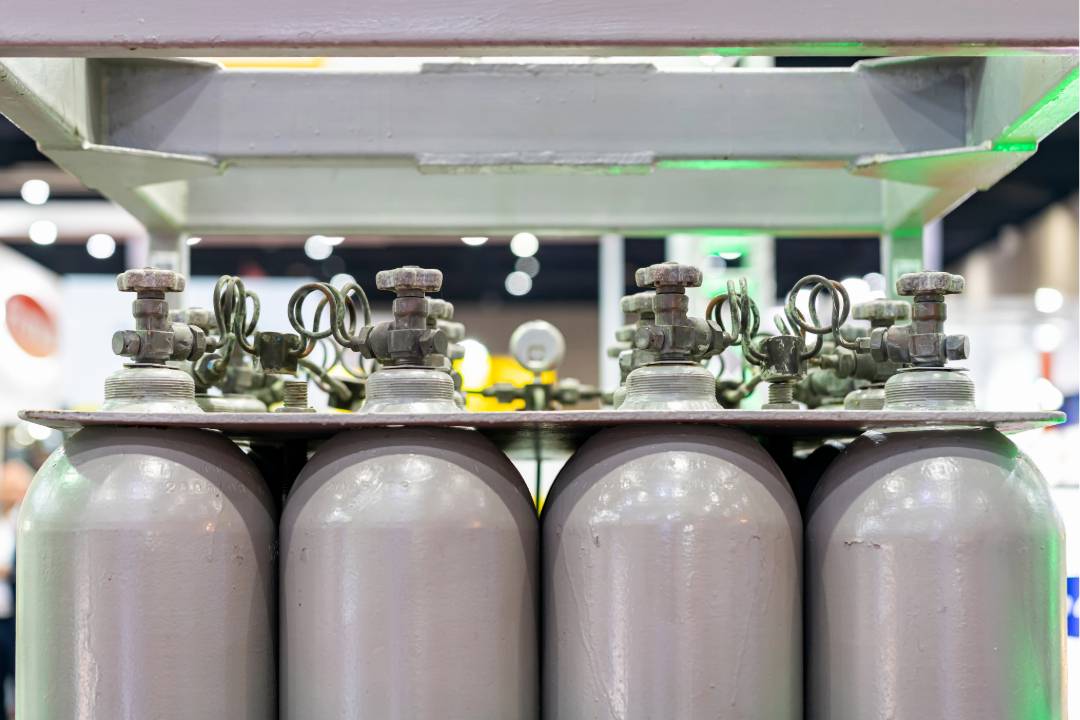
Safely Using and Stowing Your Oxygen Cylinder
For people with respiratory problems and emergency medical attention, oxygen cylinders are absolutely indispensable. Still, their secure storage and efficient usage call for meticulous attention to guarantee effectiveness and safety. Knowing the right handling techniques is crucial whether used at home, in a medical environment, or during an emergency. Options like Oxygen Tanks for Sale give individuals looking for a consistent supply access to this essential tool. Following best standards helps consumers reduce risks and maximize the use of their oxygen cylinders.
Getting ready your oxygen cylinder for use
An oxygen cylinder should be carefully inspected to guarantee it is in good operating order before use. Look for any obvious damage, such leaks or dents, then make sure the regulator and valve among other parts are running as they should. Learn the manufacturer's recommendations and directions for cylinder operation. These first inspections assist find possible problems and guarantee the cylinder is safe for use, therefore lowering the likelihood of mishaps or failures.
Instructions for a Safe Operation
Safely using an oxygen cylinder calls for some fundamental skills. To keep the cylinder from toppling over, always orient it straight forward and fasten it with a support or holder. Open the valve gently to control the pressure and prevent abrupt oxygen surges. Oxygen can speed combustion, hence keep the cylinder away from open flames, heat sources, or combustible materials. Make sure the flow meter is set to the recommended level as well so the patient receives the right oxygen dosage. By using these rules, one reduces risks and guarantees best performance.
Correct Method of Storage
Correct storage of an oxygen cylinder is just as vital as safe use of it. Away from direct sunshine and heat, cylinders should be kept in a cold, well-ventilated space. To lower your risk of mishaps, keep children away from close proximity to electrical equipment or tight areas. Securing the cylinders and stopping them from falling will depend on using specified racks or chains. Separating whole cylinders from empty ones and labeling them appropriately helps to prevent confusion as well. These techniques extend the usability of the cylinder and help to preserve safe surroundings.
Safely Transportation for Oxygen Cylinders
Moving oxygen cylinders calls for meticulous preparation to guarantee transit safety. Securing the cylinder in an upright posture always requires using a cart or carrier made especially for oxygen tanks. Never pull or roll a cylinder on the ground; this could damage it or start sparks. Position the cylinder in a well-ventilated area and fasten it to stop movement when transporting in a car. Extreme temperatures could compromise the integrity of the cylinder, hence avoid leaving it unattended in tight or heated environments. Following these guidelines guarantees the cylinder's continued safety and functionality.
Frequent Maintenance and Inspections
Maintaining ideal condition of oxygen cylinders depends on regular maintenance. Plan frequent visits to look for leaks, corrosion, or other wear and tear indicators. Replace tired-out parts, like regulators or hoses, right away to guarantee the cylinder runs effectively. Regular non-flammable cleaning chemicals will help you to eliminate dust and pollutants from the cylinder and its accessories. Maintaining a maintenance diary will enable one to monitor repairs and inspections, therefore ensuring that the cylinder stays safe and dependable over time.
Safely using and storing oxygen cylinders thus requires knowledge of best practices for operation, storage, transportation, and maintenance. These steps not only improve the cylinder's performance but also lower the hazards connected to its operation. Investigating choices like Oxygen Tanks for Sale will give people in need of dependable equipment access to premium cylinders. Safety and preparation should be given top priority so that users may guarantee the efficient and safe use of this indispensable tool.

Comments (0)